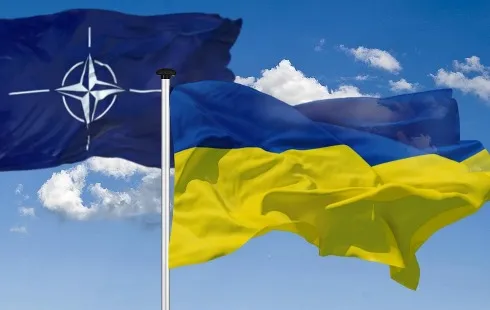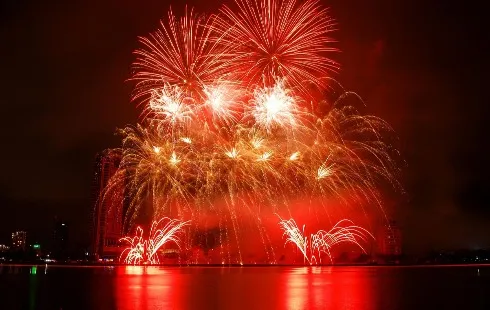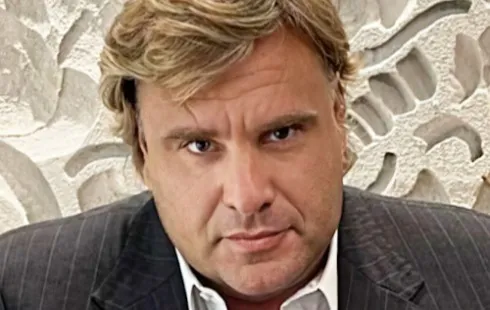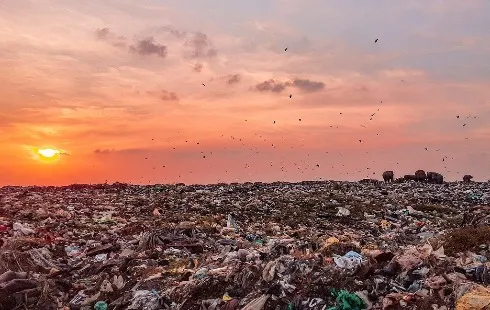US Announces Lifting of Syria Sanctions and Secures $600 Billion Investment from Saudi Arabia
In a significant diplomatic move, the President of the United States has commenced a visit to the Gulf region, highlighted by the announcement of lifting longstanding sanctions on Syria and securing a monumental $600 billion investment commitment from Saudi Arabia.
This strategic decision was revealed during an investment forum in Riyadh, where the President indicated that the U.S. has agreed to an extensive arms package with Saudi Arabia, valued at approximately $142 billion, marking it as the largest defense cooperation agreement in U.S. history.
The cessation of sanctions on Syria is poised to greatly benefit a nation ravaged by over a decade of civil conflict. The recent governmental change in Syria, which saw the current President Ahmed al-Sharaa take over following the ousting of Bashar al-Assad last December, has prompted discussions about reconstruction and economic revitalization.
The U.S. President emphasized that this policy shift was undertaken at the behest of Saudi Crown Prince Mohammed bin Salman, humorously acknowledging the request while underscoring the need for Syria to progress after years of turmoil.
This policy reversal is notable as the U.S. has classified Syria as a state sponsor of terrorism since 1979, with sanctions being enforced as early as 2004 and further tightened after the onset of the civil war in 2011.
Syrian Foreign Minister Asaad al-Shibani welcomed the announcement on social media, suggesting it represents a fresh beginning for Syria's reconstruction efforts. Additionally, the U.S. President is expected to hold a brief meeting with President Sharaa during his Saudi visit.
During the summit, a comprehensive agreement was signed encompassing sectors such as energy, defense, and mining. This partnership aims to reinforce ties between the U.S. and Saudi Arabia, facilitating broader regional relations with Israel and countering Iranian influence.
The defense agreement involves collaborations with numerous U.S. defense contractors in domains like air and missile defense, air and space operations, maritime security, and communications. While discussions around the inclusion of Lockheed F-35 jets have surfaced, the total value of the package could escalate to $1 trillion as additional agreements come to fruition.
Historically, Saudi Arabia has been one of the largest consumers of U.S. military equipment, with bilateral relations grounded in a mutual arrangement where the kingdom supplies oil and the U.S. provides security. However, this relationship faced challenges following the assassination of journalist Jamal Khashoggi in 2018, which raised significant international outcry and tensions.
Despite this, the U.S. President refrained from addressing the incident during his visit, instead referring to bin Salman as an admirable leader, expressing a positive rapport between the two.
Following Riyadh, the President plans to visit Qatar and the United Arab Emirates, focusing primarily on investment opportunities rather than security issues in the region. The event attracted several prominent American business figures, including executives from Tesla, OpenAI, BlackRock, and Blackstone, indicating a strong interest in fostering economic ties.
Bin Salman's Vision 2030 reform initiative aims to diversify the Saudi economy beyond oil dependency, and the President's visit aligns with these ambitions, showcasing various high-profile development projects in the kingdom.
While the President's itinerary did not include a stop in Israel, his administration continues to encourage normalization of relations between Saudi Arabia and Israel, following similar agreements made with other Arab states during his previous term in office.
In a broader context, the U.S. President reiterated his stance on Iran, labeling it as a destabilizing force in the Middle East, and indicated a willingness to negotiate a new deal with Iranian leaders, provided they alter their current approach.













No comments yet. Be the first to comment!